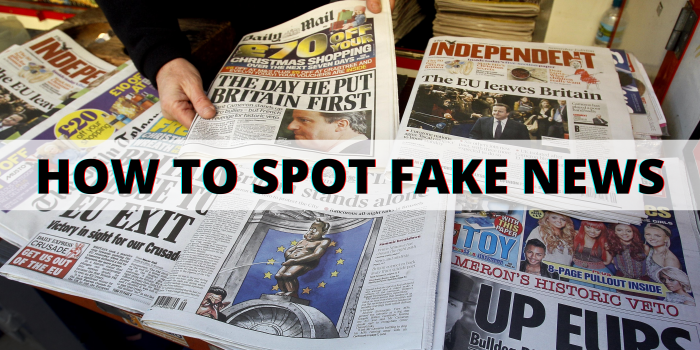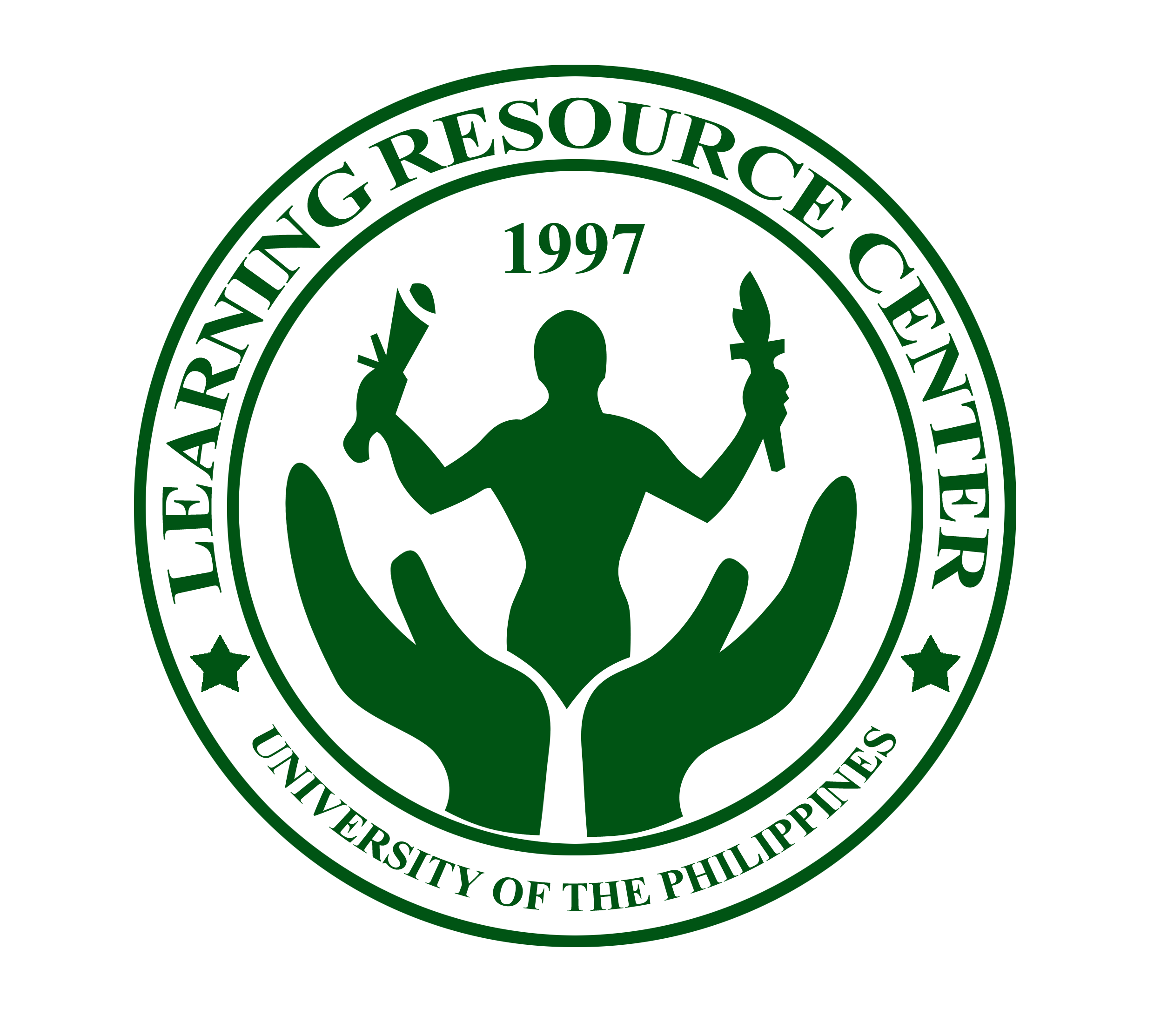According to BBC, the word “Fake News” became the Collins Dictionary’s word of the year in 2017. It has remained as a recurring trending topic since then. Although this term has just recently became famous, the concept of spreading false information has been evident even in the ancient times and even more when the printing press was invented. This has also been used and coined as “Propaganda” during wars. Nowadays, it often spreads to various social media platforms and takes advantage of the wideness of internet reach.
But what really is Fake News?
Note that it is important to know what this concept means so we’ll know how we could identify its kind.
There are two (2) kinds of Fake News introduced by Mindtools. First, STORIES THAT AREN’T TRUE. These are stories that are completely made up to make people believe in something false. Second, STORIES THAT HAVE SOME TRUTH, BUT AREN’T 100% ACCURATE. These are also called twisted truths. These stories intend to make readers give a false impression to a certain topic or convince people of a certain viewpoint. This may be made from an innocent mistake but either way, this will affect how the audience interpret and react to the given information that might not necessarily be what that information intends to convey.
What are the impacts of fake news? The following also explains the damage that fake news may cause once it starts to proliferate:
- People may start to believe that they do not need evidence to back up their arguments.
- Mistrust to information grows and can damage learning culture.
- Affects people’s behavior and encourages them to make excuses and dismiss others’ ideas which can pave the way to further spreading of false information which in turn creates divide.
- For businesses, the spread of false information may cause a damage to its reputation and financial problems.
To prevent these impacts from happening, we need to carefully fact check. Fact checking is a process of investigation, often done in journalism, to verify the accuracy of the available information. This is also one of the things we need to do when trying to spot fake news or information. But how do we investigate? Here are the things you need to do when spotting fake news:
Develop a Critical Mindset
Fake news is written in such a way that it could get a strong reaction from the person receiving the information. Instead of getting overwhelmed with the emotions, it is best to rationally evaluate what the news or information is intending to make its receivers do. Is it made to persuade you or trigger you? Is it trying to sell you something?
Check the Source, Author, and Date
It is always safe to double check where the source of information is from. Make sure that the site is an official website of any known company. Check the web addresses, too. There are those who make mock websites of famous information and media outlets which produce falsified information to divert readers.
The authors must also be known in the field or an expert on the matter. There are those who claim that they are an award-winning journalist, etc. Always recheck from reliable sites for the validity of these claims as well.
There are also instances that a completely different event which happened way back is mixed up with a present story or information to make it seem like the information is connected for propaganda. For example, a politician, citing a specific news, claimed to have influenced a private company to change its projects plans in favor of the state when in fact the company has decided to change its plans prior the declaration of that politician.
Read Beyond the Headline
There will be times when we read headlines from an article or news and get curious or shocked because of how the headline is written. It is better to read a bit further into the content before passing along the headline’s information. Headlines do not always tell the whole story.
See Who else is Reporting the Story
It would also be helpful to look for other reliable news source for the same report. Professional global news agencies have extensive networks of highly trained reporters. Avoid concluding that all mainstream media output is fake because the truth will always be bias on one side.
Examine the Evidence
Most legitimate news provides plenty of facts such as quotes from interviews, eye-witness statements, official statistics, and survey data. If these are missing, then there’s a clear possibility that you are receiving fake information. Also check if these data are indeed valid by visiting the direct source of these evidence.
Check if it is a Satire
You can consider an article as a satire when it is labeled as such or when it uses humor, irony, or exaggeration. Satire is a literary work often used to ridicule people or ideas to show that they are wrong. Most often satire targets political/politicians and other controversial topics.
Don’t take Images at Face Value
Today, one of the easiest media to convey messages, especially news and information, is through using images. However, it is also the easiest to manipulate with the use of modern editing software. You may look out for these signs: strange shadows or jagged edges around a figure.
Images can also be accurate yet used in the wrong context. For example, an image of a crowd in a street rally from Thailand is used to let people believe that it is from an electoral grand rally in the Philippines.
Check if it “Sounds Right” or Consult the Experts
The easiest way to primarily determine if an information is fake or not is through common sense. Most fake news is designed to feed one’s biases. So, make sure that the information is likely to happen and not unattainable. If confused, you may check out websites that are made for fact-checking like FactCheck.org.
So the next time you read something from the internet, you now know how to dissect if it’s true or if it’s fake news!
Links to resources and further reads:

